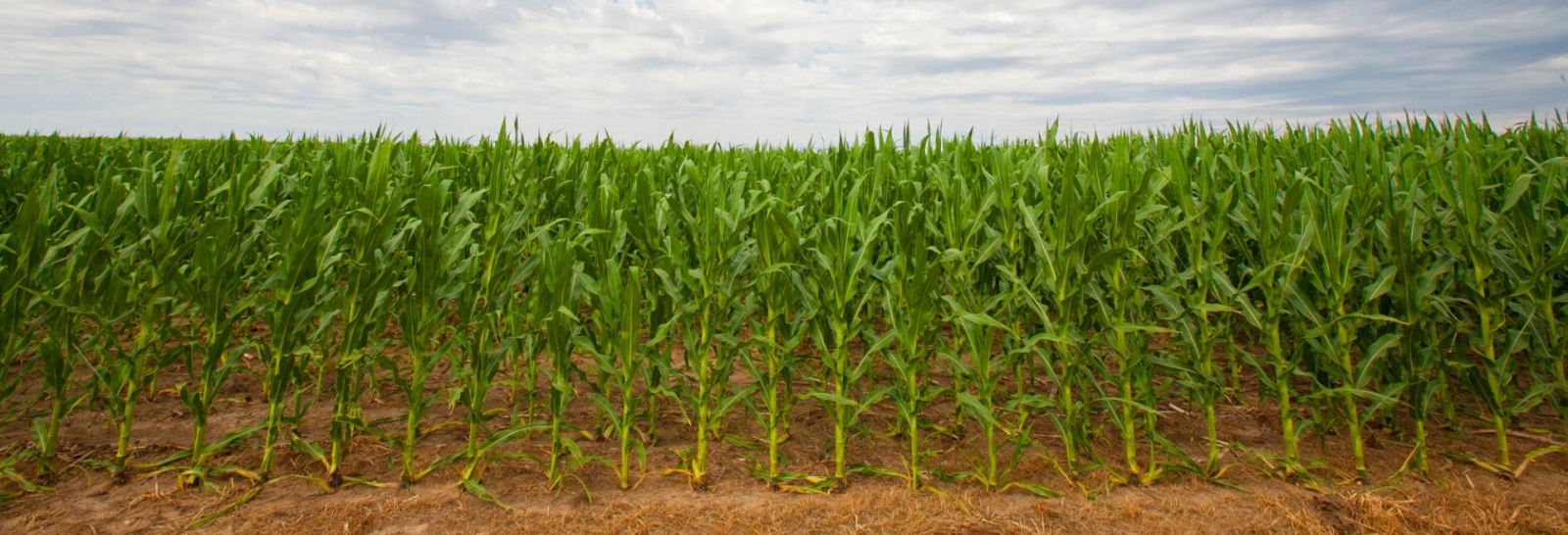April 20, 2011
This content requires Flash Download the free Flash Player now!
//
Get The Code to Embed This Audio Clip
It’s the third week of April and up until the recent rains, some corn planters were moving. Often soybean planting is delayed until after corn planting is complete so it’s important to realize how planting date affects soybean yield too.
|
Since 2005 UNL has conducted archive/-/asset_publisher/VHeSpfv0Agju/content/research on early and late planted soybeans. UNL archive/-/asset_publisher/VHeSpfv0Agju/content/research conducted by Jim Specht and funded by the Nebraska Soybean Board found that producers could lose ¼ to 5/8 of a bushel per day for every day planted after May 1. The amount of yield lost depended on whether the spring was cold (1/4 bu) or warm (5/8 bu). Their archive/-/asset_publisher/VHeSpfv0Agju/content/research also found that a soybean plant acquires a new node every 3.75 days once the plant reaches V1.
Because producers wanted to know if planting date made a difference in their fields, UNL Extension conducted on-farm archive/-/asset_publisher/VHeSpfv0Agju/content/research with producers to test the yield differences of early vs. late planted soybeans. “Early” were planted April 18-May 3 and “late” were planted May 14-May 24.
From 2008 to 2010 the early planted soybeans always out-yielded the later planted soybeans by 1-10 bu/ac, regardless of whether the spring was cold and wet or warm and dry.
When yields from all locations for the three years were averaged, early planted soybeans showed a significant yield increase of nearly 3 bu/ac (Table 1). For archive/-/asset_publisher/VHeSpfv0Agju/content/research consistency, both the early- and late-planted fields were treated with a fungicide-insecticide seed treatment. However, we typically would not recommend a seed treatment for later planted soybeans unless there was a known history of Phytophthora in the field. We do recommend a fungicide + insecticide seed treatment with early planted soybean, especially in a cool, wet spring like we've experiencing this year.
So why does early planting produce a higher yield in soybeans? The soybean crop needs to collect as much of the seasonally available solar radiation as possible because plants require the energy of sunlight to convert carbon dioxide into carbohydrates, protein, and lipids (oils).
With earlier planting, a soybean crop canopy will cover the ground sooner in the growing season, collecting nearly all of the incoming sunlight from that day forward. The longest day of the growing season is June 21 (summer solstice). The soybean crop needs to harvest as much sunlight as possible to create pods, seeds, and ultimately yield, and to do that, its leaves have to start collecting sunlight as soon as possible.
The goal for a Nebraska soybean producer each year should be to “Have the soybean canopy green to the eye by the 4th of July.” A soybean crop planted in late April or early May is likely to close its canopy within a week or so after the summer solstice. Later planted soybean crops will be deprived of the opportunity to collect as many hours of sunlight as earlier planted crops, and thus will invariably have less yield potential.
Planting Recommendation
Based on five years of archive/-/asset_publisher/VHeSpfv0Agju/content/research, UNL’s recommendation is for producers to consider planting their soybeans earlier than they traditionally have. A good rule of thumb is for the southern two-thirds of the state to plant in the last week of April and the northern third of the state to plant the first week of May. When planting rainfed soybeans early, extend the growing season to take advantage of August rains. Change to a quarter or half longer relative maturity (RM) than you would use for a later May planting.
Today's soybean varieties have much greater germination cold tolerance than older varieties. This is why producers can now push the limits of early planting by sowing the new varieties into 40°F rather than 50°F seed beds. Germination failure in early planting is not so much due to cold temperature, but instead arises from soggy wet conditions coupled with cold temperatures immediately after planting. Soggy soil conditions favor fungal pathogens and, if accompanied by cooler temperatures that slow soybean seed germination, can give pathogens a favorable environment and more time to infect the seedlings before they emerge. The yield reward from early planting should not be used as a reaon to plant seed into seedbeds that are too wet to plant.
Other than trying to plant early, exercise good judgment relative to other seed planting practices.
If you’re interested in testing soybean planting dates, please contact your local UNL Extension Educator for help in designing an on-farm archive/-/asset_publisher/VHeSpfv0Agju/content/research comparison.
More Information
For more information on this topic, see these previous CropWatch articles:
- Three Reasons Why Soybean Planting Date Matters
- Farm Research Shows Benefits of Planting Soybeans Early
- Risks and Caveats of Early Planting Soybeans
For more information regarding on-farm archive/-/asset_publisher/VHeSpfv0Agju/content/research, please go to the Farm Research section of CropWatch.
Jim Specht
UNL Professor Agronomy and Horticulture
Jenny Rees
UNL Extension Educator, Clay County

